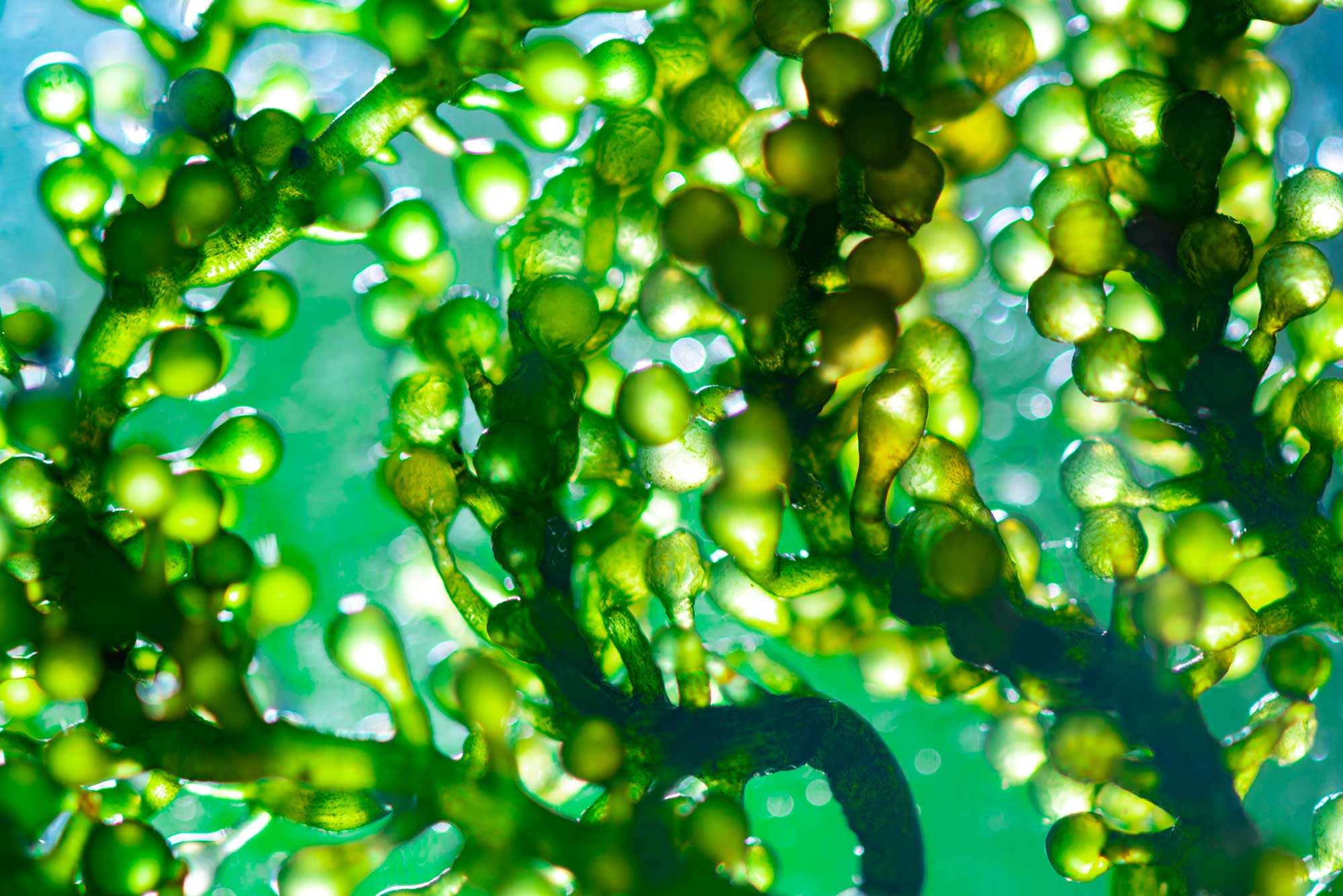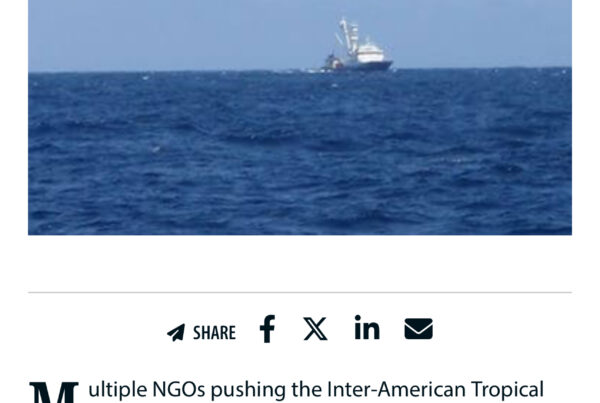The realization that turbulence created by deepwater wind turbines could upset the spring phytoplankton bloom has researchers warning the rapidly emerging industry to proceed with caution.
When it’s completed, Norway’s Hywind Tampen will be the world’s largest floating offshore wind farm. Compared with most wind farms—even other offshore wind farms—the Hywind Tampen is unusual: the 88-megawatt operation is located farther out to sea than almost any other wind farm to date. Floating 140 kilometers offshore, the turbines will sit in water between 260 and 300 meters deep.
The vast majority of offshore wind farms are located in shallow water near the coast. But new advancements in fixed-foundation and floating turbines are giving developers tools to build in even deeper water far out on the continental shelf, the part of the ocean between the coast and the shelf break, a steep drop-off point after which lies the deep, open ocean. These developments have huge potential: as much as 80 percent of future offshore wind power will likely come from installations farther from the coast.
The venture into deeper water, though, is raising concerns among some scientists about the unintended consequences of putting wind farms in continental shelf waters. Ben Lincoln, a physical oceanographer at Bangor University in Wales, and his colleagues describe in a new paper how offshore wind power in these waters could potentially disrupt vital natural processes. The key concern, Lincoln says, is turbulence.



